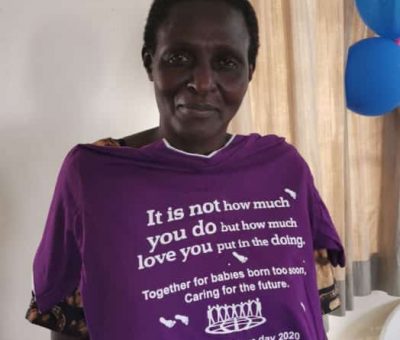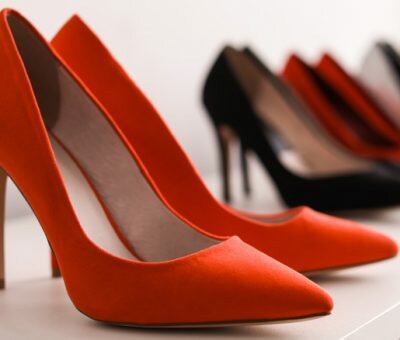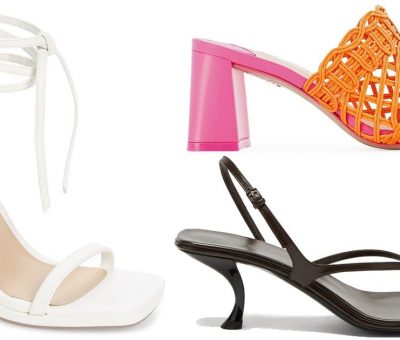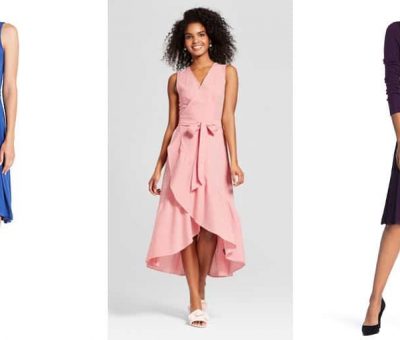
The proper way to wear those heels
As a woman, I cringe in silence as I see fellow women in six-inch high heels. I wonder if their legs do not hurt and how they can walk with such ease. Personally, I cannot wear high heels however much I try. Rather than sound like a sadist or one who does not appreciate beauty, I reached out to, Ezra Kalibala, a designer at Safi Na Zuri Fashion House to share his views and advice.
When I watch women walking in high heels, as a man, I think, “Wow, how do they do it?” As a podiatrist, however, I think; “why would they do it?” It’s a known fact that when a woman wears heels they look taller and slimmer, their legs look longer and to some, this may be more attractive. Some women love wearing heels, some hate it but do it anyway, some don’t mind, while others just stay away from them altogether. Here’s the scoop on heels from a podiatrist’s perspective:
Let me share some information that you may thank me for later, or better yet, your tired high-heel-wearing feet will thank me. The ideal heel height is not 4 inches (thank goodness), it is not 3 inches, and it’s not 2 inches. The ideal heel height is 1 inch. Therefore, wearing a short heel is better than not wearing a heel at all.
Wearing a shoe with a short heel places less tension on the Achilles tendon and will feel more comfortable. However, wearing shoes that are completely flat will contribute to pronation and the collapse of the arch which can lead to plantar and posterior heel pain, shin splints, knee pain, and back pain. And of course, you should always wear a shoe that has arch support to minimise discomfort.
Now, as good as a high heels might look on your legs, the long term effects of wearing such heels is not worth it. Constantly wearing high heels can result in painful damage to your feet. One of the negative effects of wearing high heels is the damage to your toenails. Wearing high heels compresses the toes together causing the big toenail to grow into the skin. Eventually, it results in an ingrown toenail.
High heels also aggravate the symptoms and progression of bunion deformities as the shape of the shoe does not accommodate the normal structure of the forefoot. A heel-type shoe will press up against the great toe pushing it over towards the second toe further exacerbating bunion deformities.
When wearing high heels most of your body weight is pushed forward to the balls of your feet and this can lead to metatarsalgia (a condition in which the ball of your foot becomes painful and inflamed). Shoes with a narrow toe box can also cause this condition.
Hammertoes are also a condition caused by high heels. The heel height forces the toes to bend as they lean forward. Over time, the bent toe can no longer straighten on its own.
Wearing high heels can cause tendonitis. When wearing high heels you put constant pressure on the Achilles tendon by shortening and tightening it. Additionally, repeated and extended wear of high heels shortens the tendon permanently. This leads to inflammation and pain when you wear flat shoes and forces the tight tendon to stretch.
Podiatrists, pay careful attention to the shoes that people wear. It’s easy to tell when a woman is wearing the wrong shoes. I can tell a woman is wearing the wrong shoes when her body is not positioned at a 90-degree angle with the ground; her sway is longer and her chest is pushed forward while her buttocks is further back. The body weight pushes forward so the centre of pressure is moved towards the balls of the feet. The walk translates to being a more jerky stride rather than smooth.
Proper fitting shoes provide a proper platform for our feet to support our body. Our feet are the foundation to our bodies and caring for them means caring for the rest of your body too. Shoes that are too big mean you will be accommodating the improperly fitted size in a dysfunctional way, which may lead to foot problems. I suggest getting your feet measured for length and width with a brannock device and buying the right fitting shoe. It is also important to take into consideration that the size of shoes varies from company to company.
Heels are designed for fashion; they are not made for comfort or for happy feet. Keep in mind that when love your feet and they will love you back.











